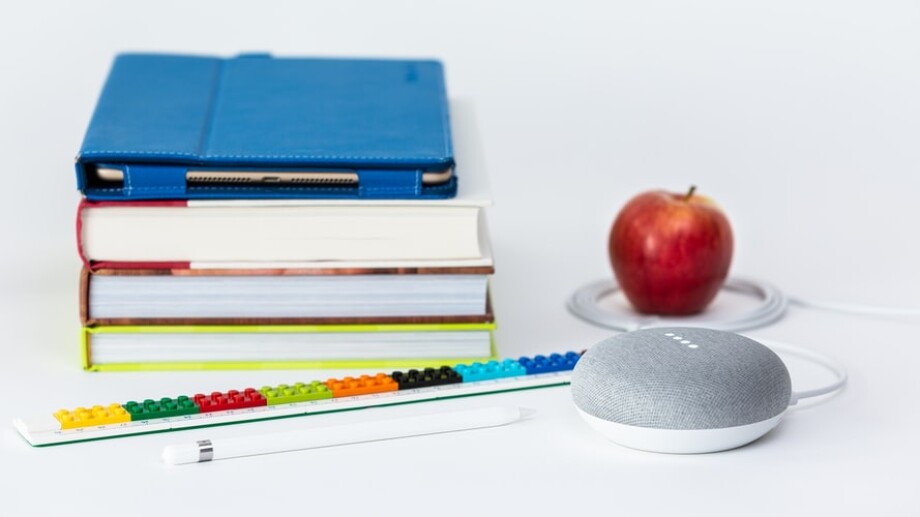Repetition is one of the actions which helps to reinforce the material and create cognitive links to remember it better. Kids learn their mother tongue by repetitive use of language patterns. Through every repetition, they make their speech more complex not only in terms of lexical items, grammatical structures but also fluency. The same refers to L2 acquisition.
A well-known linguist Scott Thornbury highlights the importance of repetition in creating meaningful cognitive links to learn a second language. He states that when organized in a thoughtful way repetition can become an indispensable part of language learning. For example, students are given a sequence of pictures and are asked to recreate the story based on those pictures. During the first attempt to make up the story, students focus more on communicating the main message: actions, places, people, etc. During the second or third attempt, they start using more complex structures and refine their speech. If for kids repetitions are fun and not boring, for adults a repetitive task must be varied in a format not to lose its efficiency and not to sound boring.
Scott Thornbury mentions some techniques which can make a repetitive task interesting for learners:
- Change the interlocutor. Suppose, you have asked students to describe one of the most interesting holidays in their life. They perform the task with one partner then change the interlocutor and retell the same story. They are more motivated to speak to another person and in addition to this, their speech becomes more fluent and complex when they tell the same story. You can also use wheel pairing technique. 4-5 students stand in a circle with their family photos. The rest of the students approach them one by one and ask questions about the photo (Who is in the photo? Where/when was it taken? etc.). As the next step, they move to another student and ask questions about their photo. They reformulate the questions, listen to similar answers and as a result create strong cognitive links on the target language. As a third step, students who were asking questions stand in the circle to answer questions about their family photos. Though the task is a repetitive one, through the change of the roles (either asking questions or answering them) students don’t get bored and revise the material.
- Change the timing. I have personally used this technique multiple times and my students enjoyed performing it. Let’s say, they prepare a short 4-minute talk on a certain topic (e.g.’family versus career’). During the second attempt, they speak on the same topic in 3 minutes, then in 2 and finally only in 1 minute. This works great, especially during one-to-one classes. However, in the case of group classes, you can change the partners while also changing the timing.
- Change the mode of the task. I used this great technique with my Business English students and they loved it. Each of the students is given a task to prepare a short talk on the latest news topic. They work in pairs and tell their news to each other, then write a summary of their partner’s news topic. The summary is addressed to someone who is not in the classroom (a fellow student, a friend, etc).
- Change the purpose of reading. A text can be read for the second time to look for specific details (people, places, grammar structures, vocabulary use, etc). The same text can be changed into a more formal or informal style, students can add some dialogues there, rewrite it from one hero’s viewpoint. A fantastic technique which worked to its fullest with my students was narrowing the text. While covering a certain topic, I used to give them other texts referring to the same theme for them to look for differences in the way the message was communicated in two different texts. They were assigned to decide which text transfers the message in a more concise way, which one uses a more formal or informal register, etc.
- Live and recorded speaking tasks. Students can perform a speaking task in the classroom, get feedback on it and then be asked to perform the same task at home, to speak on the same topic for as many times as possible to achieve the best result in terms of accuracy and fluency and send the best version to the teacher.
These techniques are the best ones to make repetitive tasks more efficient and less boring for students. They can be performed at any language level.






 Вероника Аветисян
Вероника Аветисян 
 Маргарита Аветисян
Маргарита Аветисян 


